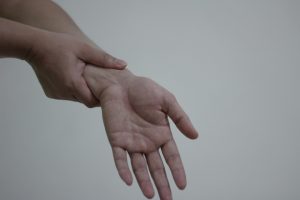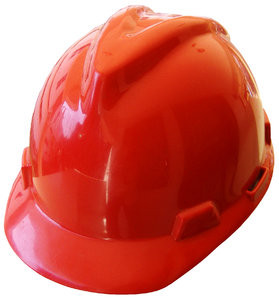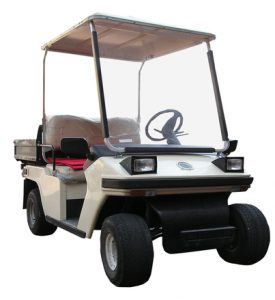According to a recent news article from the Kansas City Star, one worker was killed and four others were injured when an explosion occurred at an ammunition factory. The explosion happened around 1 p.m. in a building at the plant where primer is manufactured. In a center fire ammunition casing, there is a metal cap that contains primer powder. When the hammer or firing pin strikes the priming cap, the small explosion that is created is designed to ignite the main powder charge inside the shell casing.
 After the explosion occurred, first responders were immediately called to the factory to make sure there was no fire and to offer assistance to the five workers who were caught in the explosion. This particular factory is managed by the U.S. Army Joint Munitions Command and is staffed largely by civilian contractors under the supervision of U.S. Army personnel, including enlisted service members and officers. Continue reading
After the explosion occurred, first responders were immediately called to the factory to make sure there was no fire and to offer assistance to the five workers who were caught in the explosion. This particular factory is managed by the U.S. Army Joint Munitions Command and is staffed largely by civilian contractors under the supervision of U.S. Army personnel, including enlisted service members and officers. Continue reading
 Massachusetts Workers Compensation Lawyers Blog
Massachusetts Workers Compensation Lawyers Blog












